Learn about the different types of hair brushes and how to use them to get the best results for your hair type and style. From paddle brushes to round brushes to detangling brushes, we've got you covered.
Types Of Hair Brushes explores the diverse world of hairbrushes, from common paddle and round brushes to specialty tools like hot air brushes and teasing brushes.
This informative guide outlines their characteristics, ideal uses, and the importance of choosing the right brush for your hair type and styling needs.
Your choice of hairbrush can significantly impact the health and appearance of your hair.
With a plethora of options available, it's essential to understand the various types of hair brushes and their suitability for different hair types and styling needs.
In this article, we'll explore the world of hair brushes, from common everyday brushes to specialty tools.
Common Types of Hair Brushes
Hair brushes come in various types to cater to different hair types and styling needs.
Common types include paddle brushes for detangling, round brushes for styling, vent brushes for efficient blow-drying, and detangling brushes for knots.
Specialty brushes like teasing brushes and hot air brushes offer unique styling solutions. Boar bristle brushes promote shine and hair health. Wide-tooth combs are gentle for curly hair.
Paddle Hair Brushes
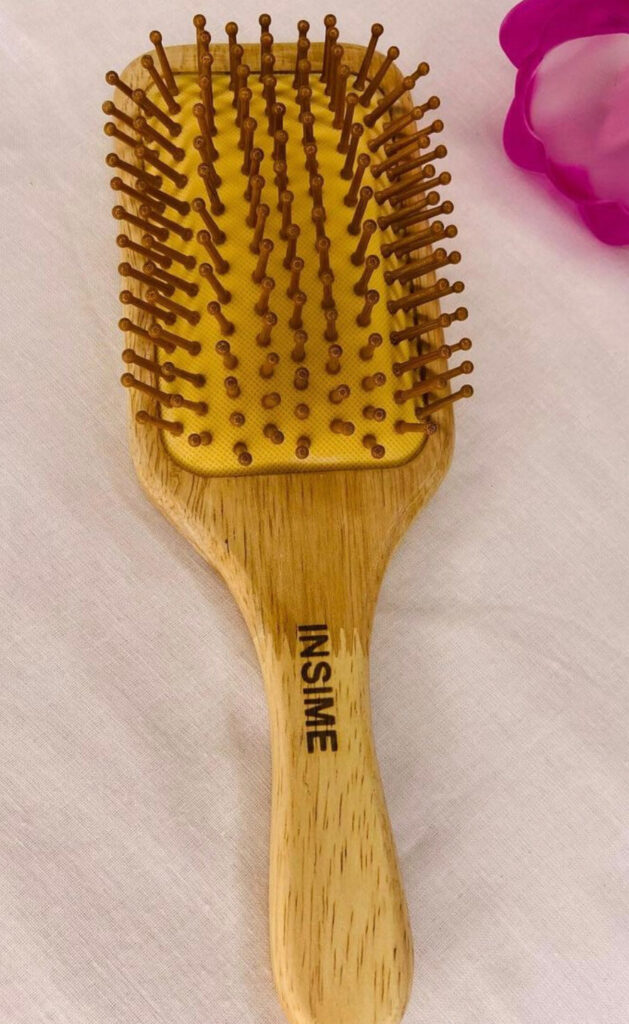
Paddle brushes are wide and flat, designed to cover large sections of hair with each stroke. They are ideal for detangling and smoothing straight or slightly wavy hair.
Their broad base and flexible bristles make them gentle on your locks, reducing breakage and split ends.
However, they may not be the best choice for those with extremely curly or coarse hair as they don't provide much curl definition.
Round Hair Brushes
Round brushes come in various sizes and are a hairstyling staple. They are commonly used for blow-drying to create volume and curls.
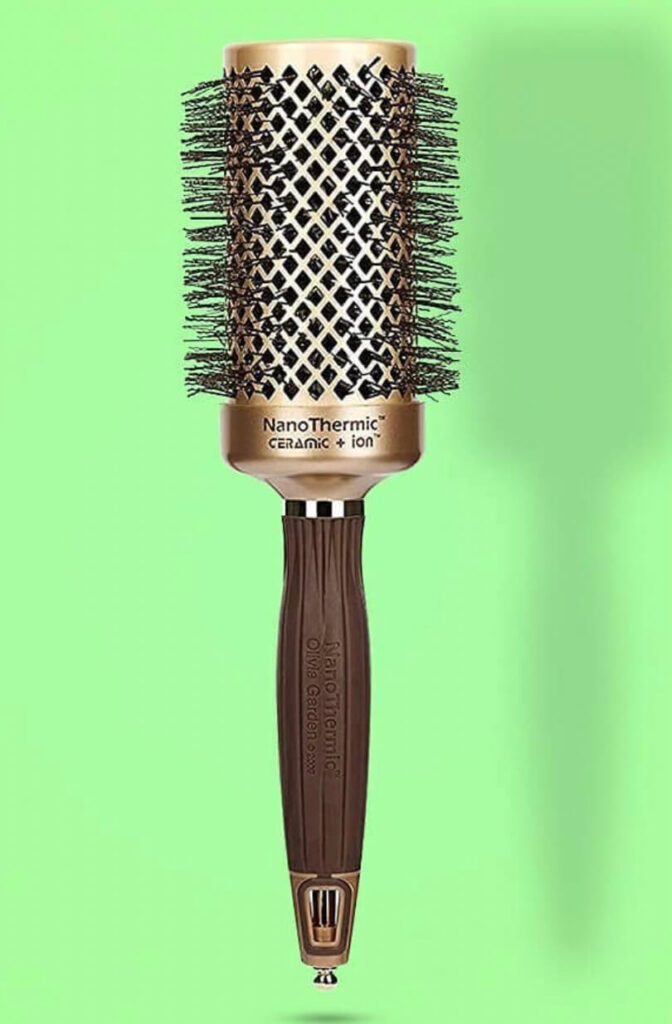
Smaller round brushes are great for tighter curls, while larger ones are better for achieving a smoother blowout.
These brushes work wonders for all hair types, but you need to choose the right size and material for your specific styling goals.
Vent Hair Brushes
Vent brushes feature widely spaced bristles and openings in the base, allowing air to pass through.
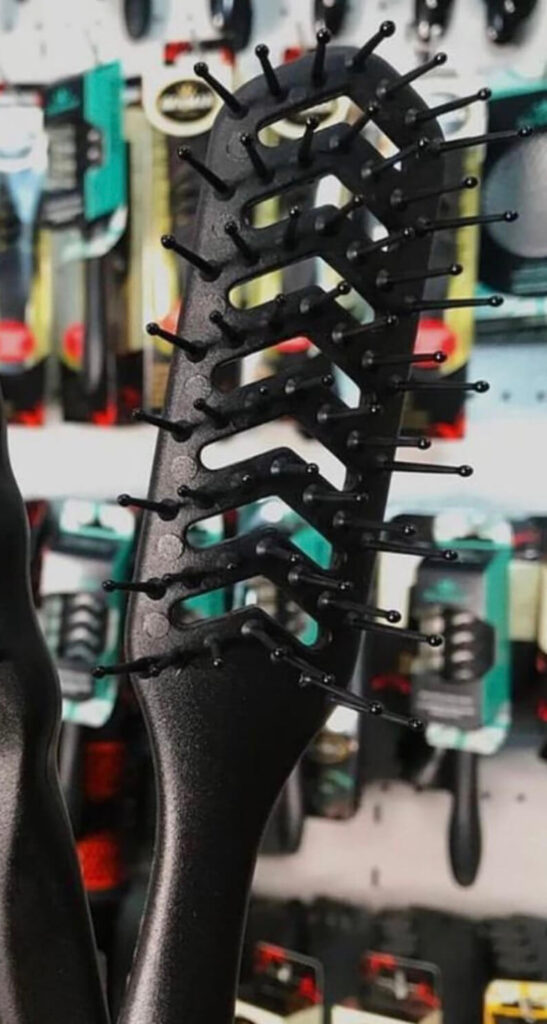
They are excellent for speedy blow-drying, helping to reduce heat damage and enhance your hair's natural texture. Vent brushes work well on all hair types, making them a versatile addition to your styling arsenal.
Detangling Hair Brushes
Detangling brushes are a blessing for people with knotty or easily tangled hair.
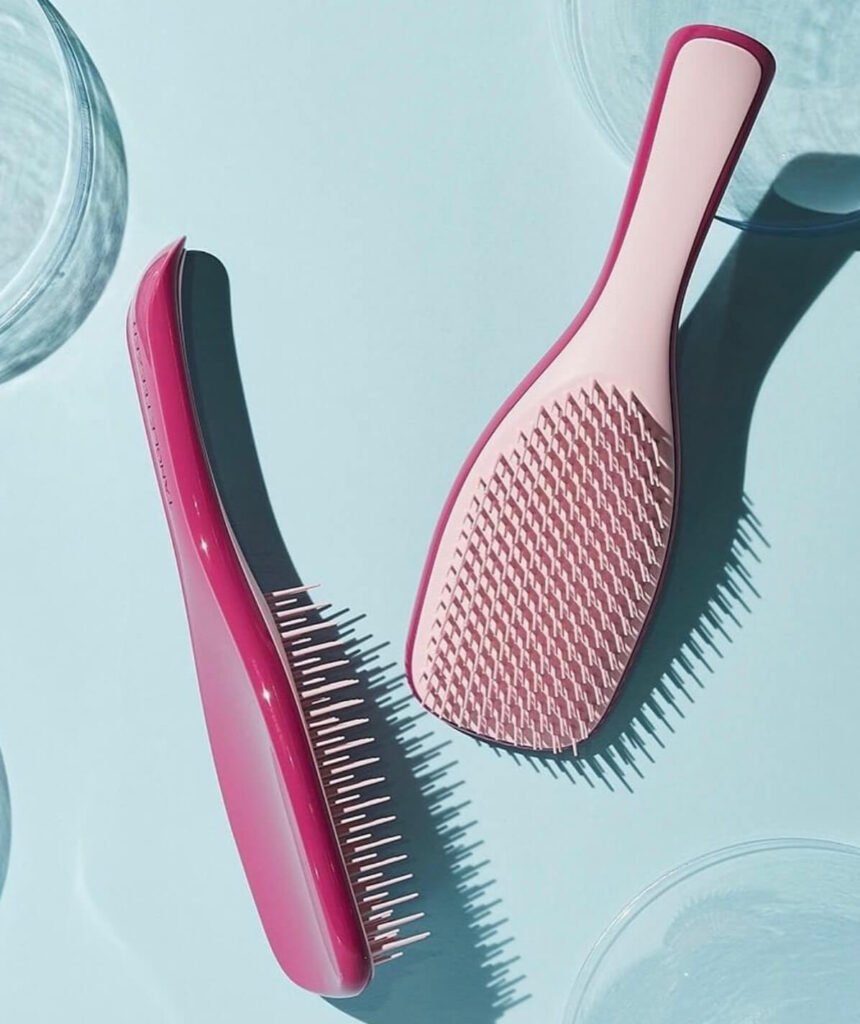
They come in various shapes and sizes, with flexible bristles that glide through wet or dry hair to remove knots without causing pain or damage.
Detangling brushes are suitable for all hair types, especially for those with fine or easily tangled hair.
Boar Bristle Brushes
Boar bristle brushes are prized for their natural bristles, which distribute your scalp's natural oils along the hair shaft, promoting shine and overall hair health.
They work best for fine to medium hair types and are excellent for adding smoothness and luster. However, they may not be suitable for those with very thick or curly hair.
Wide-Tooth Combs
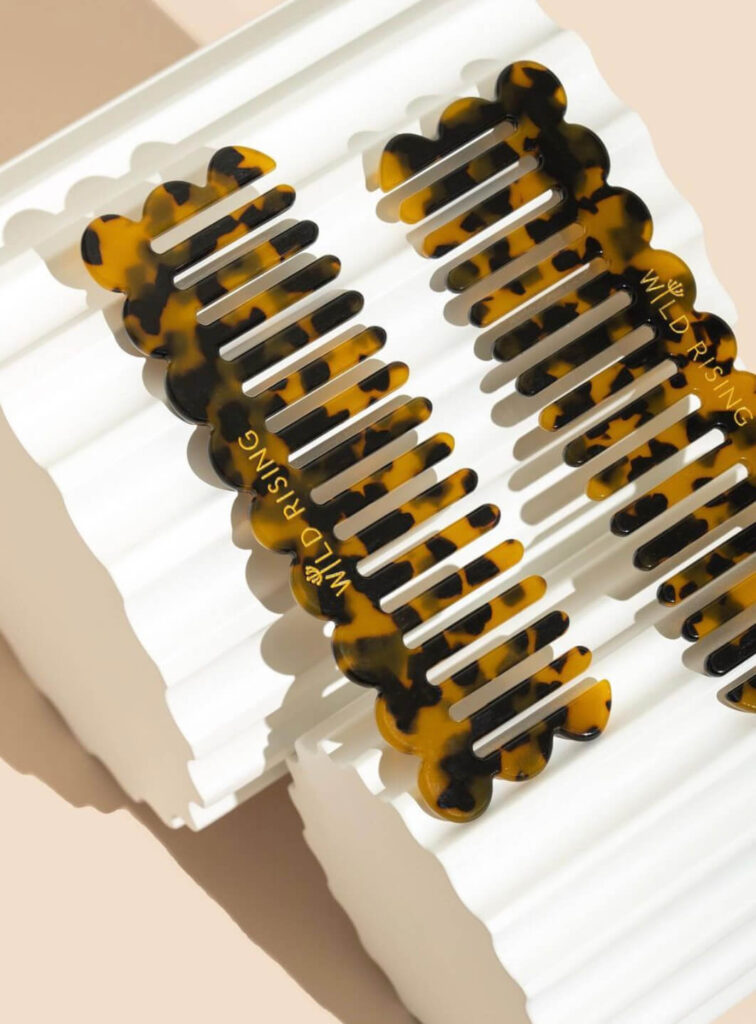
Wide-tooth combs are a gentle option for detangling, especially for curly or textured hair. They help prevent breakage and maintain curl definition.
These combs are versatile and suitable for various hair types, particularly those with curly or coiled textures.
Specialty Hair Brushes
Teasing Brushes
Teasing brushes, also known as rat tail brushes, are designed for backcombing and creating volume. They are often used in updos and vintage hairstyles.
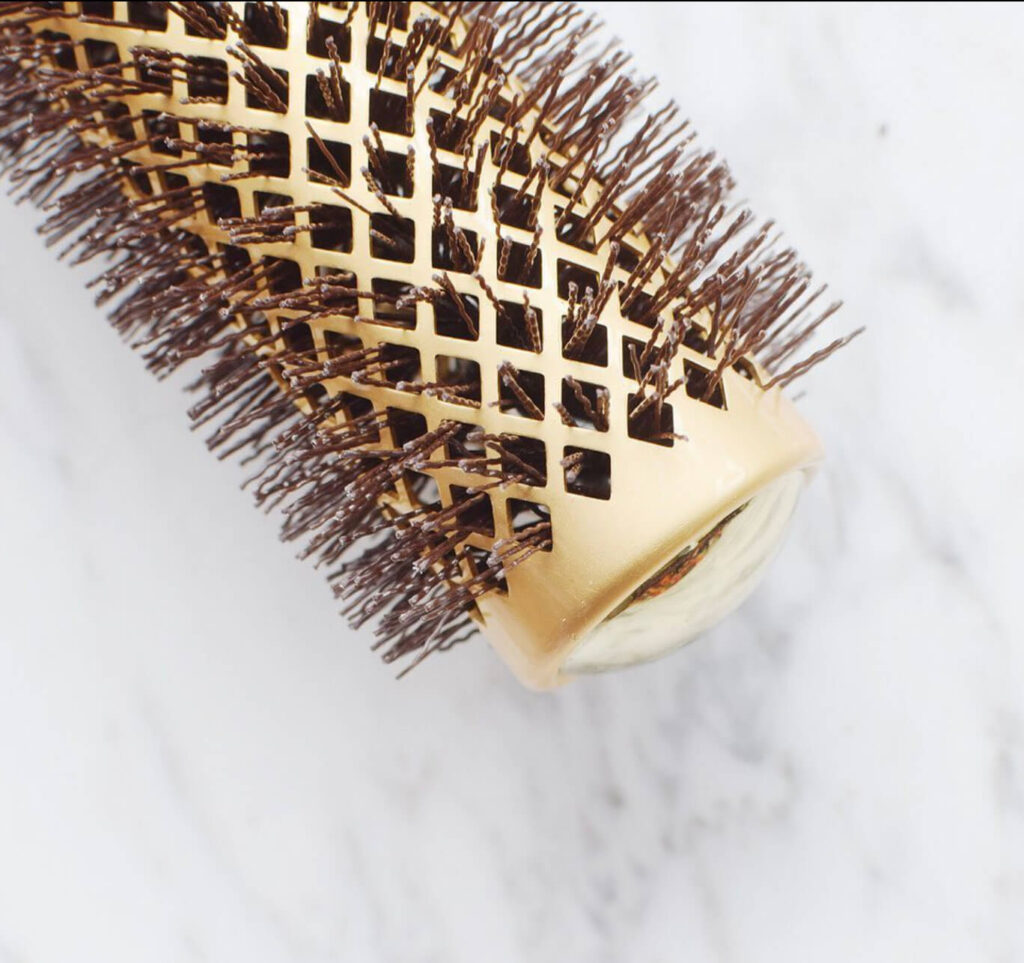
These brushes are not suitable for everyday detangling but are essential for special styling occasions.
Hot Air Brushes
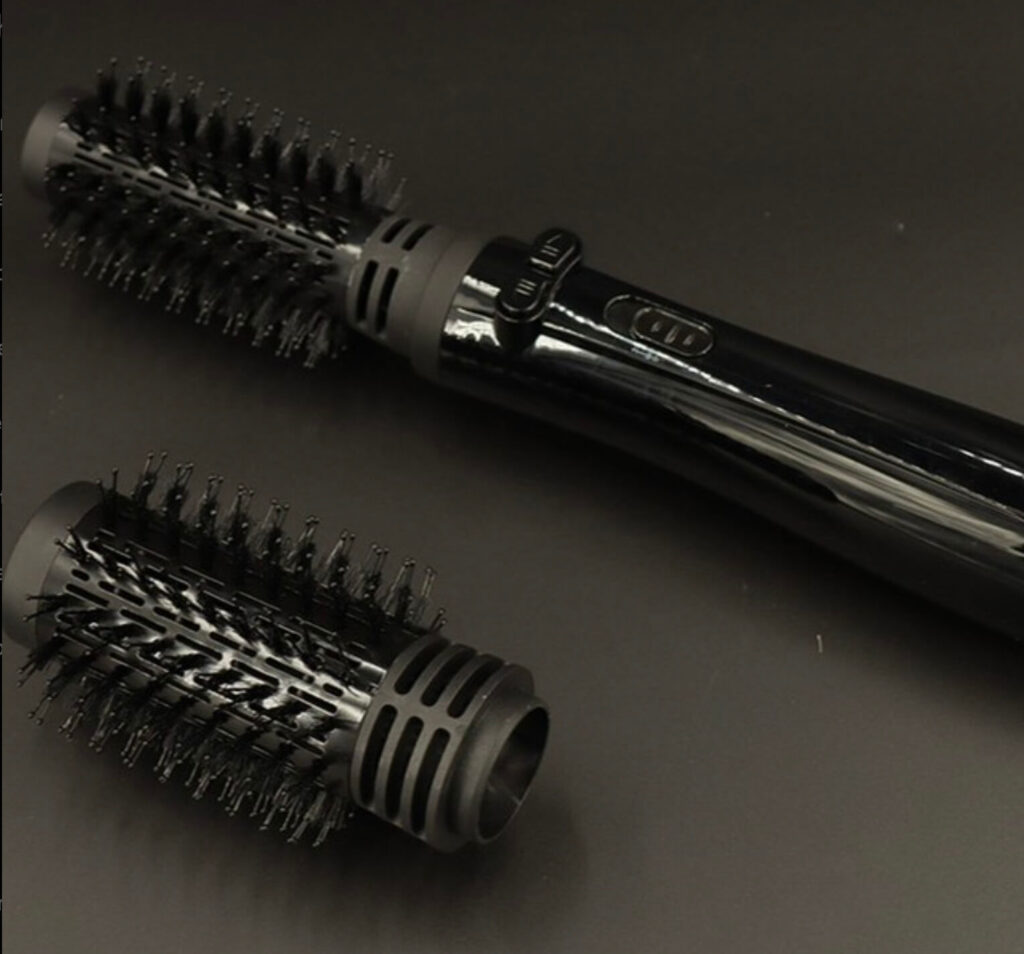
Hot air brushes combine a hairbrush and a blow dryer, making them a handy tool for drying and styling simultaneously. They work well for all hair types and can save you time during your morning routine.
Boar Bristle Round Brushes
These round brushes combine the benefits of boar bristle brushes with the styling capabilities of round brushes. They are excellent for creating smooth, shiny curls and are suitable for fine to medium hair.
What are the benefits of brushing your hair?
Brushing your hair offers several benefits:
- Detangling: Brushing helps remove knots and tangles, making it easier to manage your hair.
- Stimulates Scalp: Brushing stimulates the scalp, promoting blood circulation and potentially enhancing hair growth.
- Distributes Natural Oils: Brushing distributes natural oils (sebum) from the scalp to the hair strands, promoting shine and moisture.
- Cleansing: It helps remove dirt, dust, and debris from your hair.
- Smooths and Styles: Brushing can help smooth and style your hair, creating a polished look.
- Exfoliation: It can remove dead skin cells from the scalp, promoting a healthier scalp environment.
- Relaxation: Brushing can be a soothing and relaxing self-care routine.
However, over-brushing can lead to damage, so it's essential to use the right brush for your hair type and avoid excessive brushing, especially when your hair is wet.
Factors to Consider When Choosing a Hair Brush
When selecting a hairbrush, consider factors such as your hair type, brush material, size, and your specific hairstyling needs. The right brush can make a world of difference in your daily hair care routine.
Proper Hair Brush Maintenance
Proper maintenance is essential to prolong the life of your hairbrush and maintain its effectiveness.
Regularly clean and sanitize your brush, store it properly, and replace it when the bristles start to wear out.
Conclusion
Selecting the right hairbrush is a crucial aspect of maintaining healthy, beautiful hair. With a variety of options available, you can find the perfect brush to suit your specific hair type and styling needs.
Don't hesitate to experiment and consult with professionals to discover the ideal brush for your hair care routine.
Types Of hair Brushes: FAQs
What's the best type of hair brush for detangling stubborn knots?
Detangling brushes with flexible bristles and wide-tooth combs are excellent choices for detangling stubborn knots, especially for those with curly or easily tangled hair.
Can I use a round brush on straight hair, or is it only for creating curls?
Round brushes can be used on straight hair to add volume and smoothness while blow-drying. The size of the brush and the technique you use will determine the style you achieve.
Are boar bristle brushes suitable for all hair types?
Boar bristle brushes are best for fine to medium hair types. They are excellent for adding shine and smoothness but may not be the ideal choice for very thick or curly hair.
How do I choose the right size of round brush for my hair type?
The size of the round brush should match your hair length and the desired style. Smaller brushes are great for tight curls, while larger brushes work well for a smoother blowout.
Are vent brushes only for blow-drying, or can they be used for regular brushing as well?
Vent brushes are versatile and can be used for regular brushing as well as for blow-drying. Their design allows for efficient airflow and helps reduce heat damage.
What's the difference between a vent brush and a paddle brush?
Vent brushes have widely spaced bristles and openings in the base for efficient airflow, making them ideal for blow-drying. Paddle brushes, on the other hand, have a wide, flat design and are great for everyday brushing and detangling.
How do I clean and sanitize my hairbrush properly?
To clean your hairbrush, remove hair and debris from the bristles. You can wash it with warm, soapy water and use a toothbrush or a dedicated cleaning brush to scrub between the bristles. Ensure it's completely dry before using it again.
Can I use a hot air brush on wet hair?
It's recommended to partially dry your hair with a towel or air-dry it before using a hot air brush. Using it on sopping wet hair can prolong the drying process and may not yield the desired results.
How often should I replace my hairbrush?
The frequency of replacing your hairbrush depends on its quality, usage, and wear. As a general rule, consider replacing it when you notice the bristles are worn, damaged, or the brush is no longer effective.
Do professional hairstylists recommend specific brands or types of hairbrushes?
Professional hairstylists often have their preferred brands and types of brushes, and they can provide valuable recommendations based on your hair type and styling goals. Don't hesitate to consult with a stylist for personalized advice.
Can I use a detangling brush on dry hair?
Yes, detangling brushes can be used on both wet and dry hair. They are effective at reducing knots and tangles without causing damage, making them a versatile tool in your hair care routine.
Are there any eco-friendly or sustainable options for hairbrushes?
Yes, there are eco-friendly hairbrush options made from sustainable materials like bamboo and recycled plastics. Look for brands that prioritize sustainability and responsible sourcing.
Which is the Best type of brush for thick hair?
For thick hair, a paddle brush is often the best choice. Paddle brushes have wide, flat bases and sturdy bristles that can effectively detangle and manage thick hair. They cover more surface area, making it easier to work through tangles and distribute natural oils from the scalp to the ends of your hair.
Which is the Best hairbrush type for long hair?
The best hairbrush for long hair is a boar bristle brush. Boar bristle brushes are gentle on long strands, help distribute natural oils from the scalp to the ends, reduce static, and provide a smooth, shiny finish. They work well for preventing tangles and maintaining the overall health and appearance of long hair.
Which is the best brush type for fine hair?
For fine hair, a boar bristle brush or a paddle brush with soft, flexible bristles is often the best choice. Boar bristle brushes help distribute natural oils, adding shine and volume, while paddle brushes are gentle for detangling and reducing breakage. These options work well for fine hair without causing damage or excessive static.
Which is the best hairbrush for thinning hair?
The best hairbrush for thinning hair is a soft bristle brush or a wide-tooth comb. These tools are gentle on fragile or thinning hair, helping to prevent further breakage. Avoid brushes with stiff bristles, as they can be harsh on thinning hair and potentially worsen the issue. Prioritize hair health and gentleness when choosing a brush for thinning hair.
Which is the best hairbrush for curly hair?
The best hairbrush for curly hair is a wide-tooth comb or a detangling brush with flexible bristles. These tools allow you to work through your curls without disrupting the natural curl pattern or causing frizz. Avoid brushes with fine, closely spaced bristles, as they can lead to breakage and frizz in curly hair.
Which is the best hairbrush to prevent breakage?
To prevent breakage, a wide-tooth comb or a detangling brush with flexible bristles is often the best choice. These tools are gentle on the hair and help to minimize tugging and pulling, reducing the risk of breakage. Avoid brushes with stiff bristles or fine, closely spaced bristles, as they can be harsh on the hair and lead to breakage.
Which is the best hairbrush for straight hair?
For straight hair, a paddle brush or a boar bristle brush can be ideal. Paddle brushes are excellent for detangling and smoothing straight hair, while boar bristle brushes help distribute natural oils for added shine and smoothness. The choice between these two types depends on your specific hair care needs and preferences.





